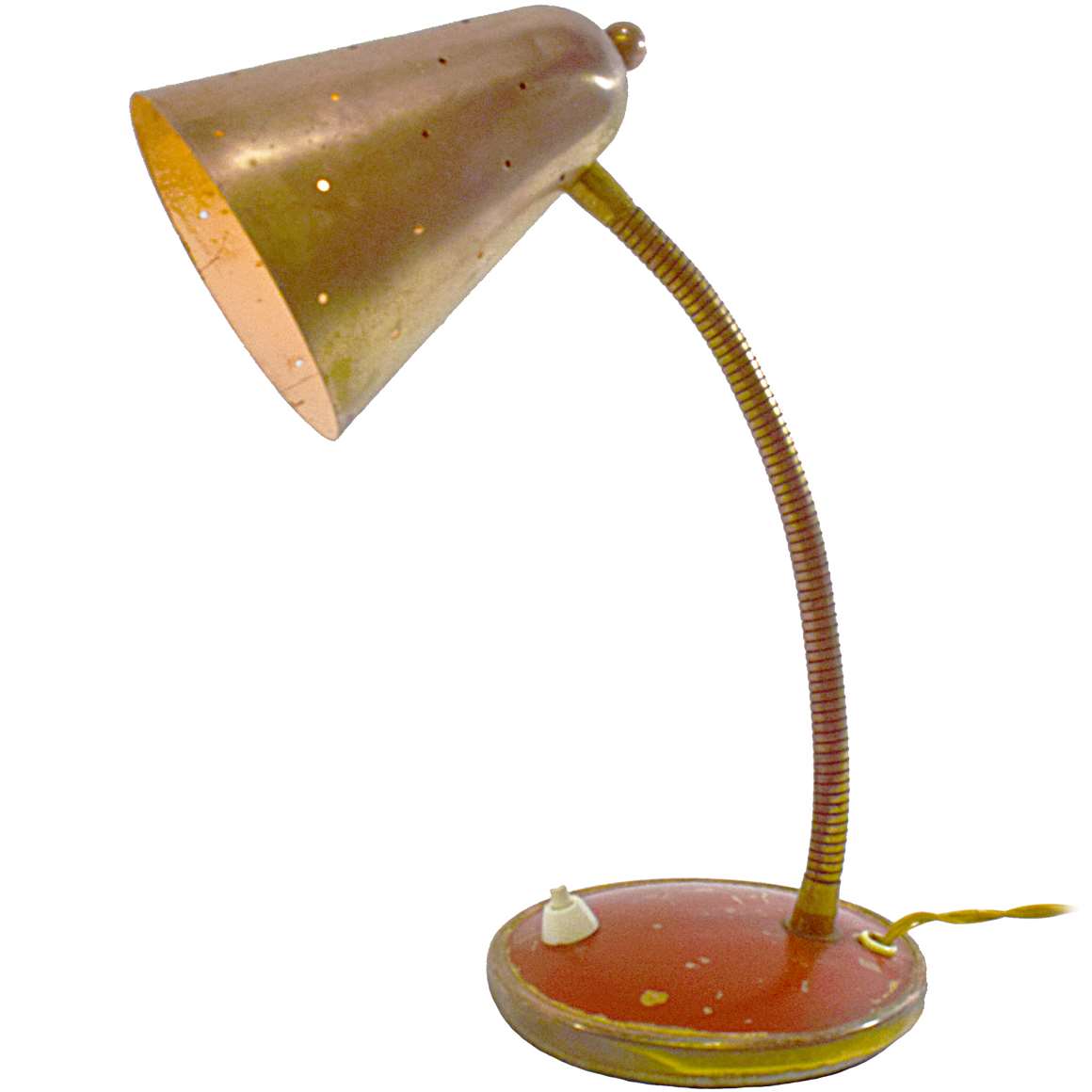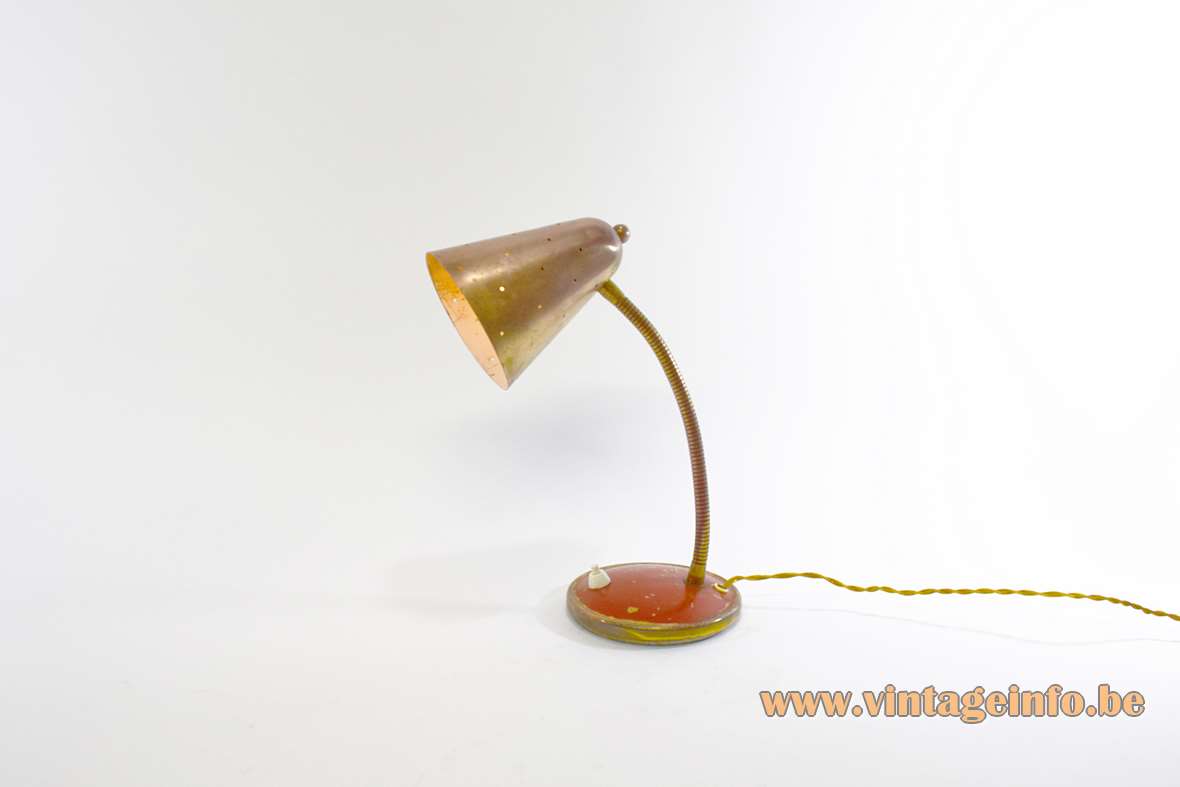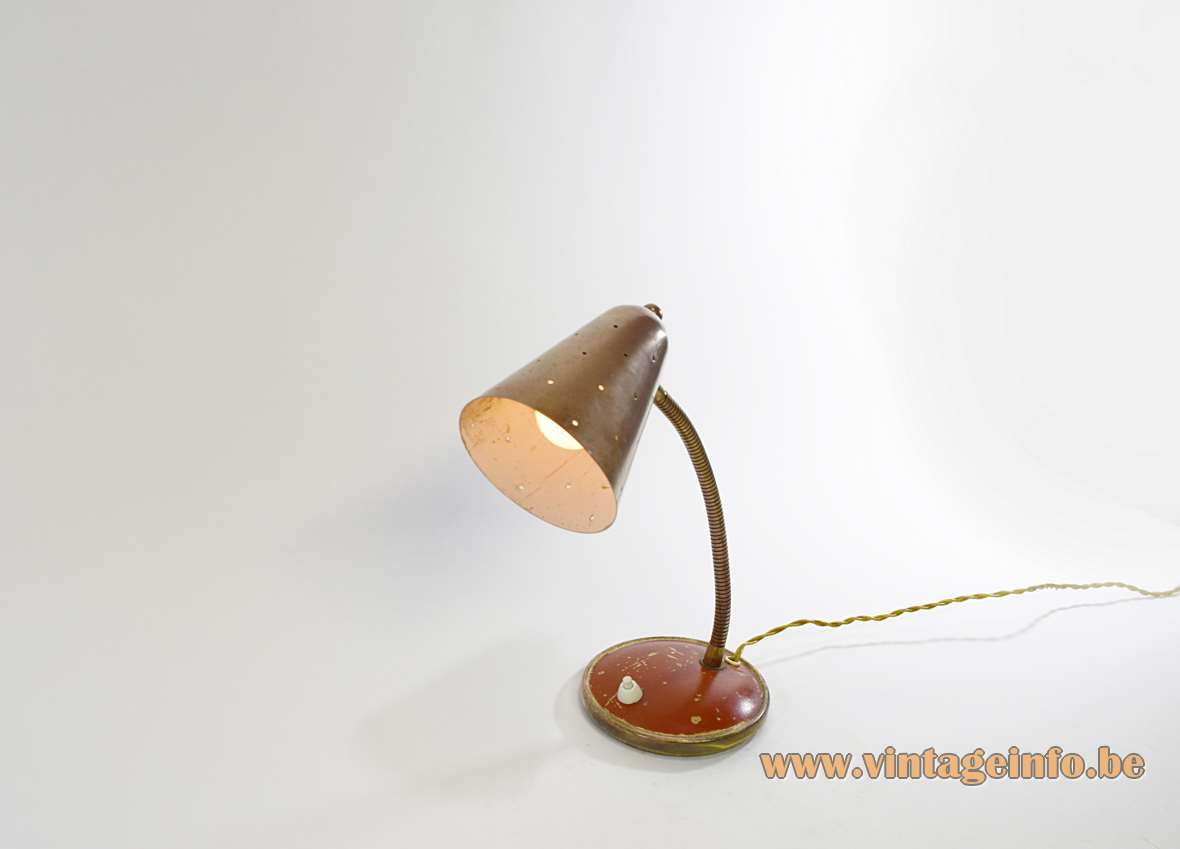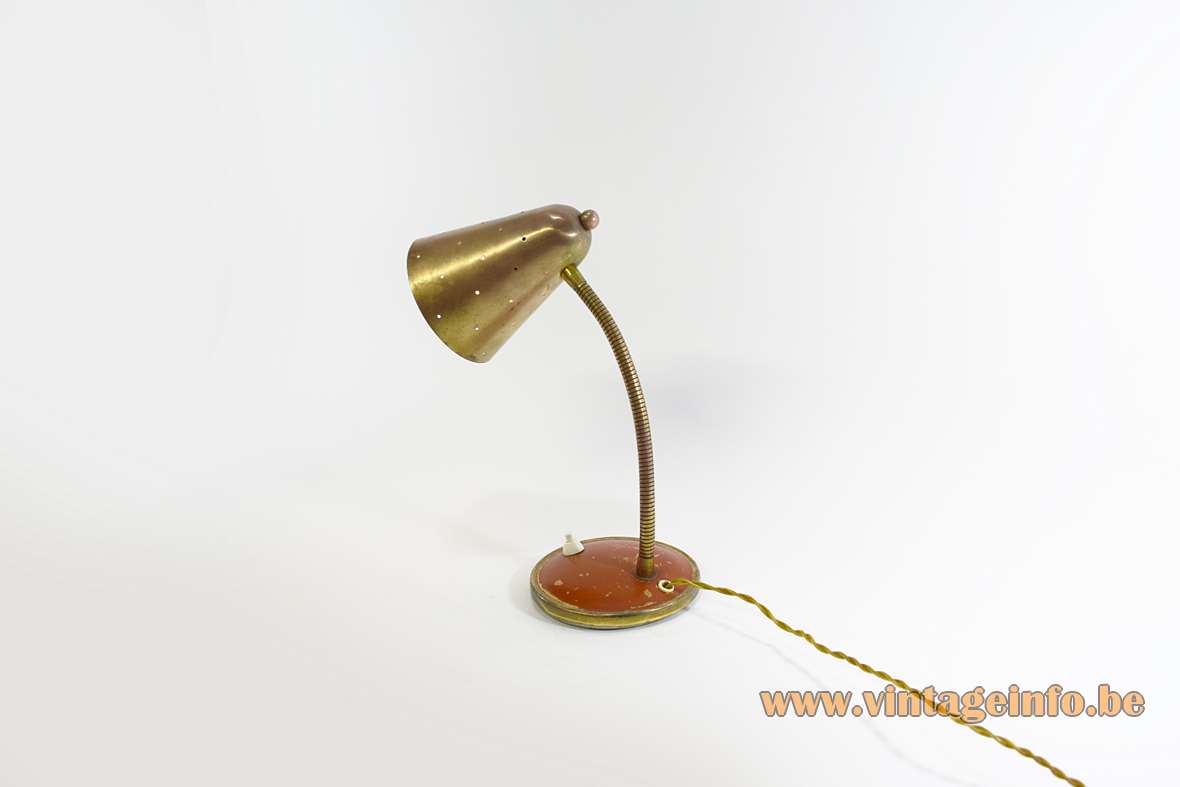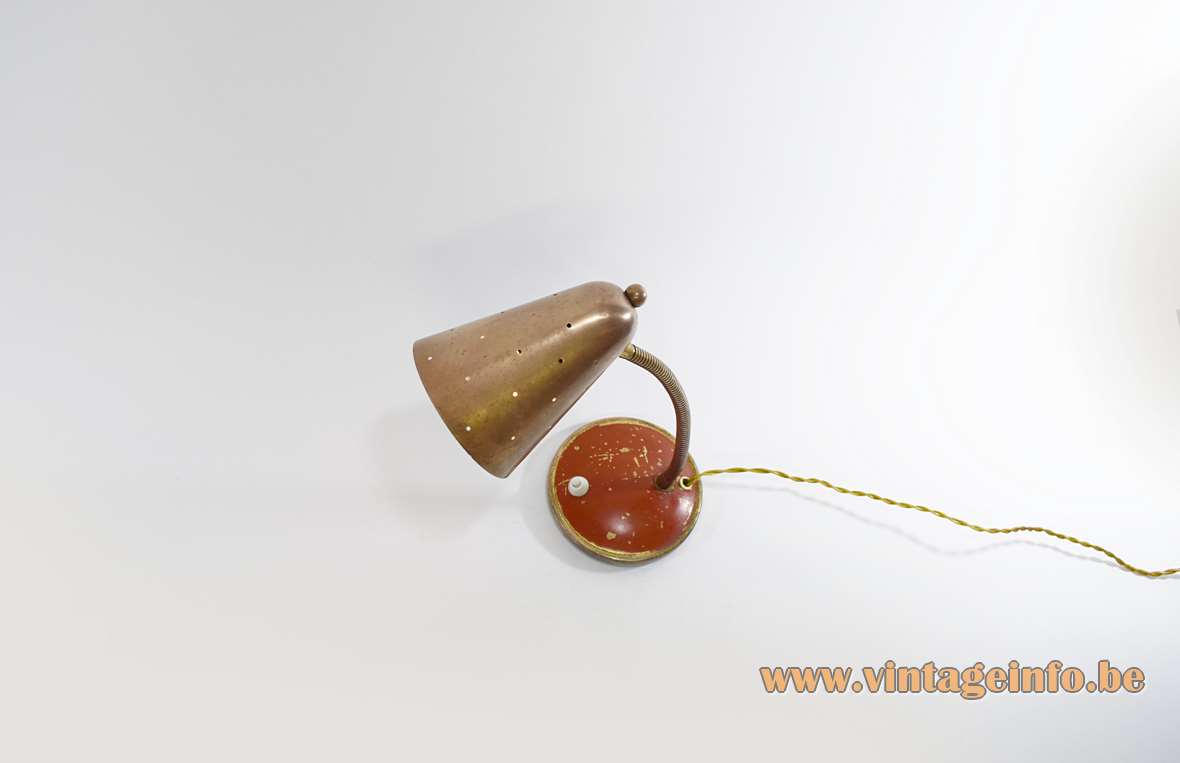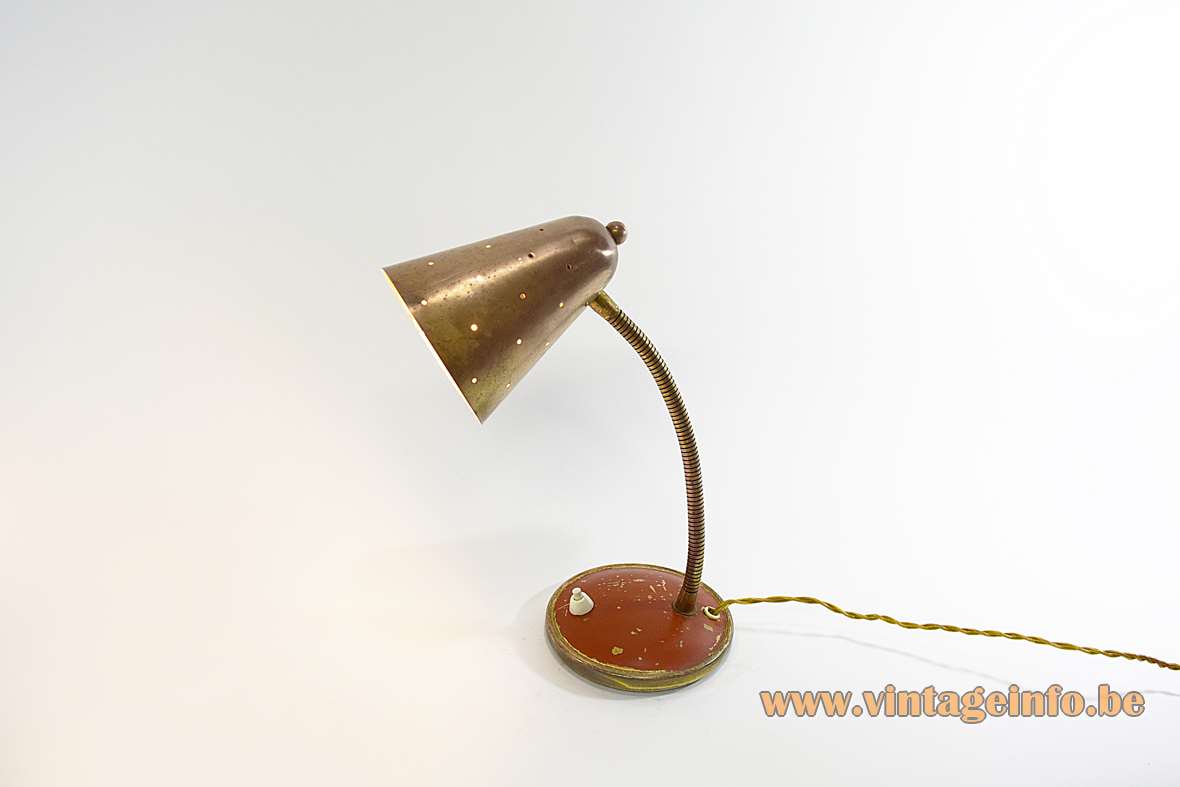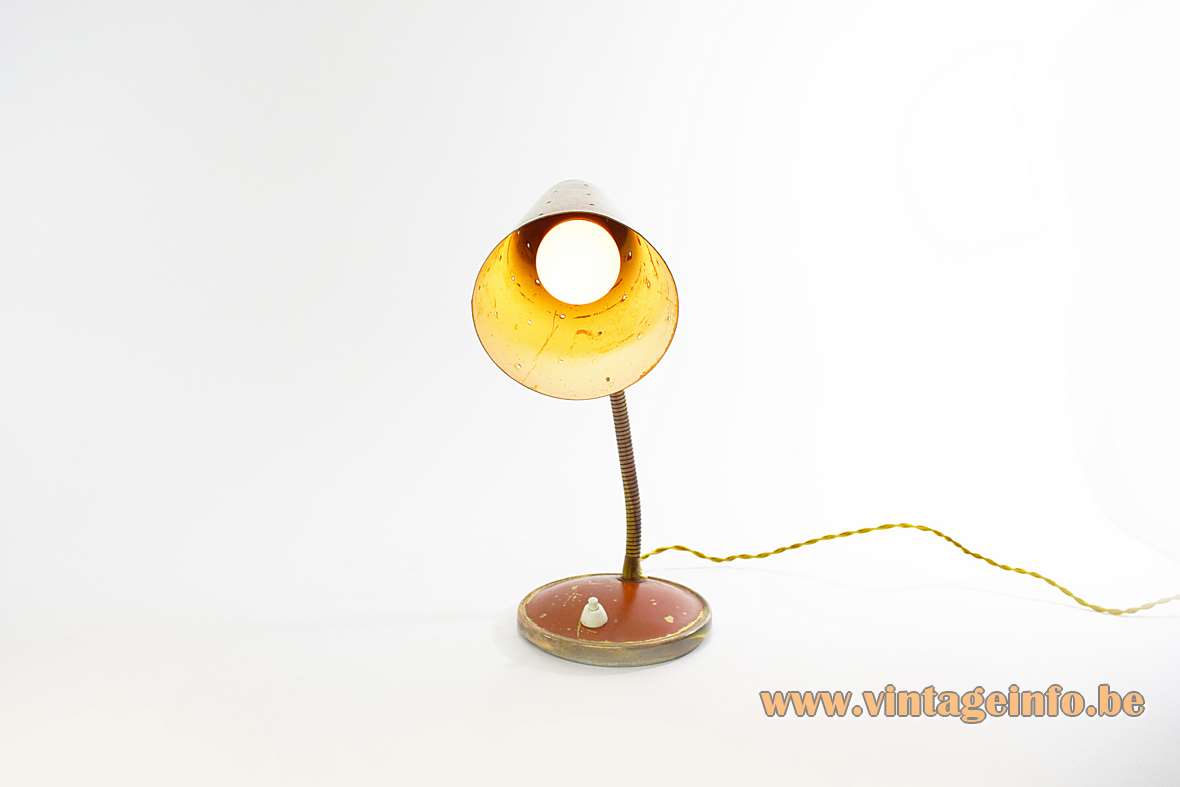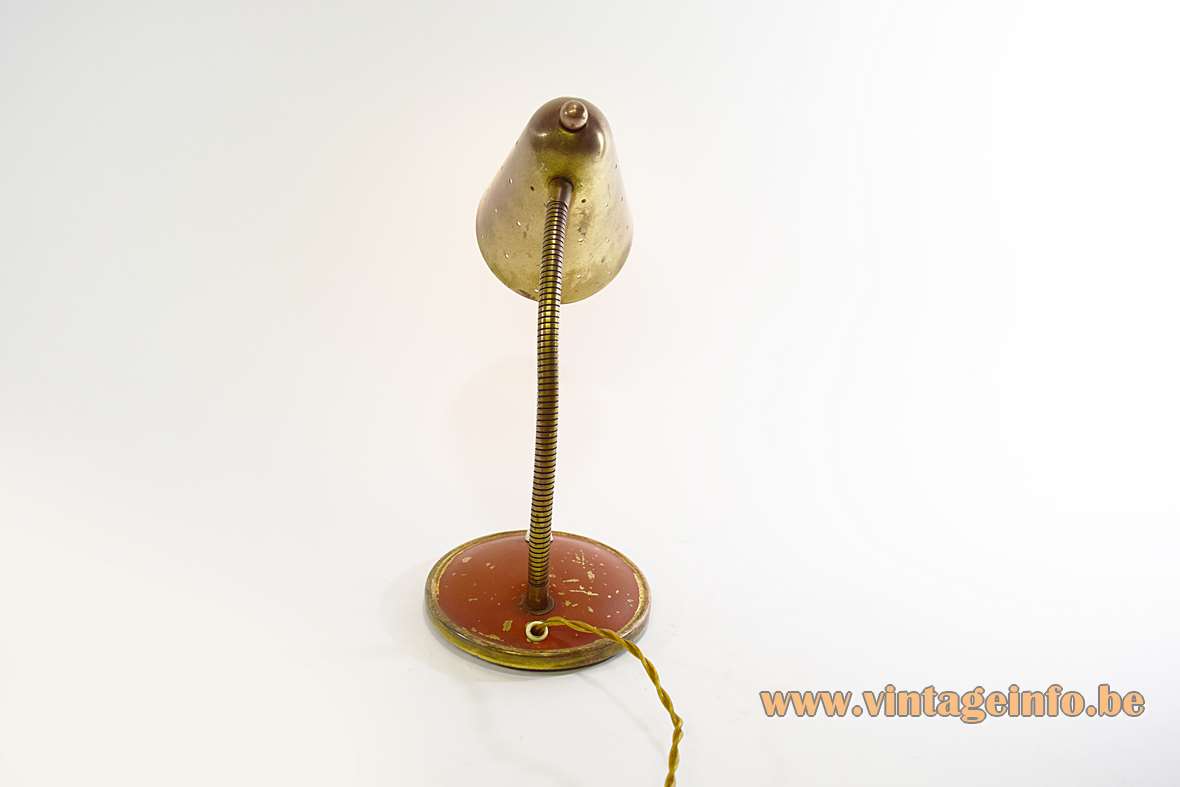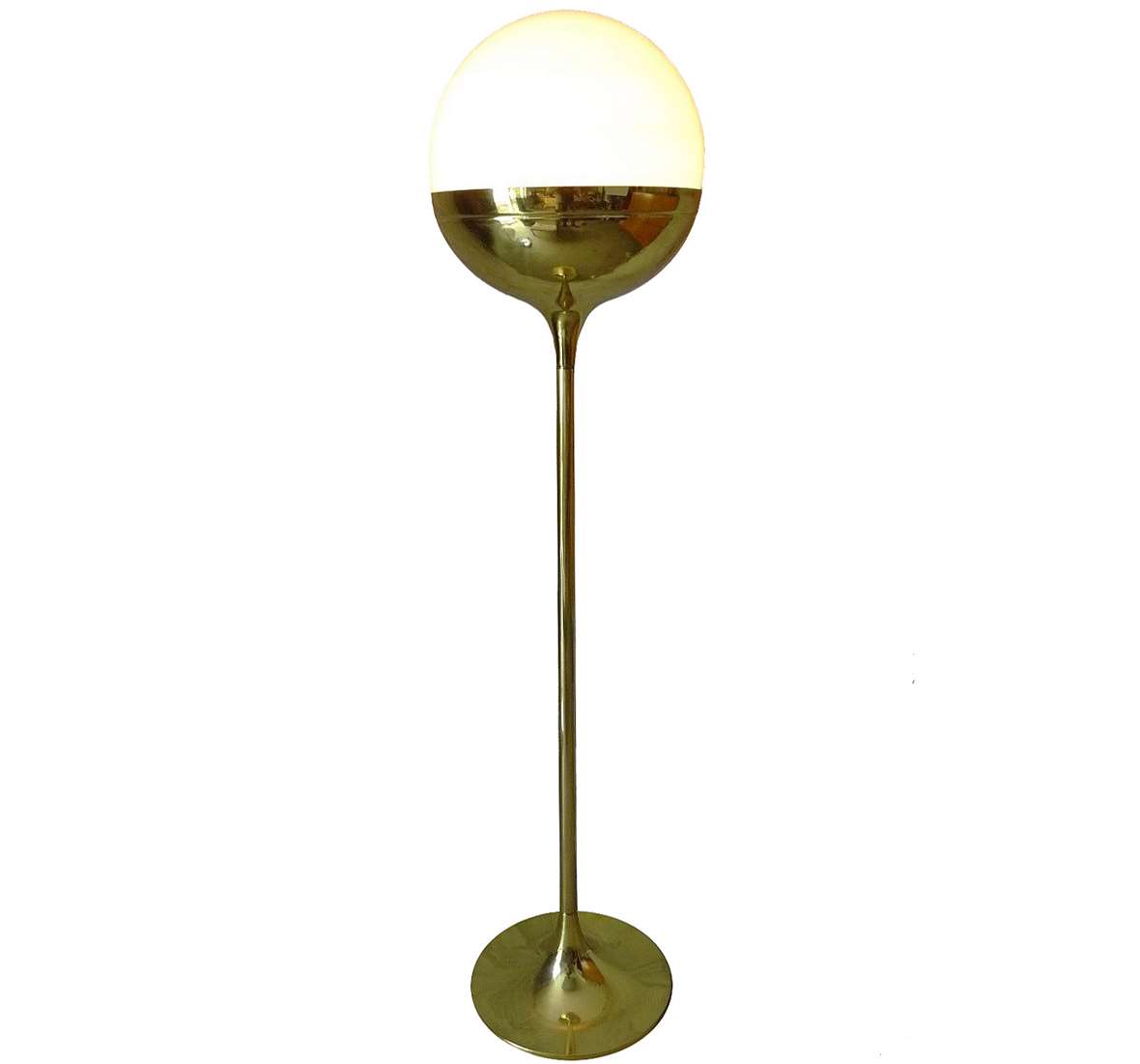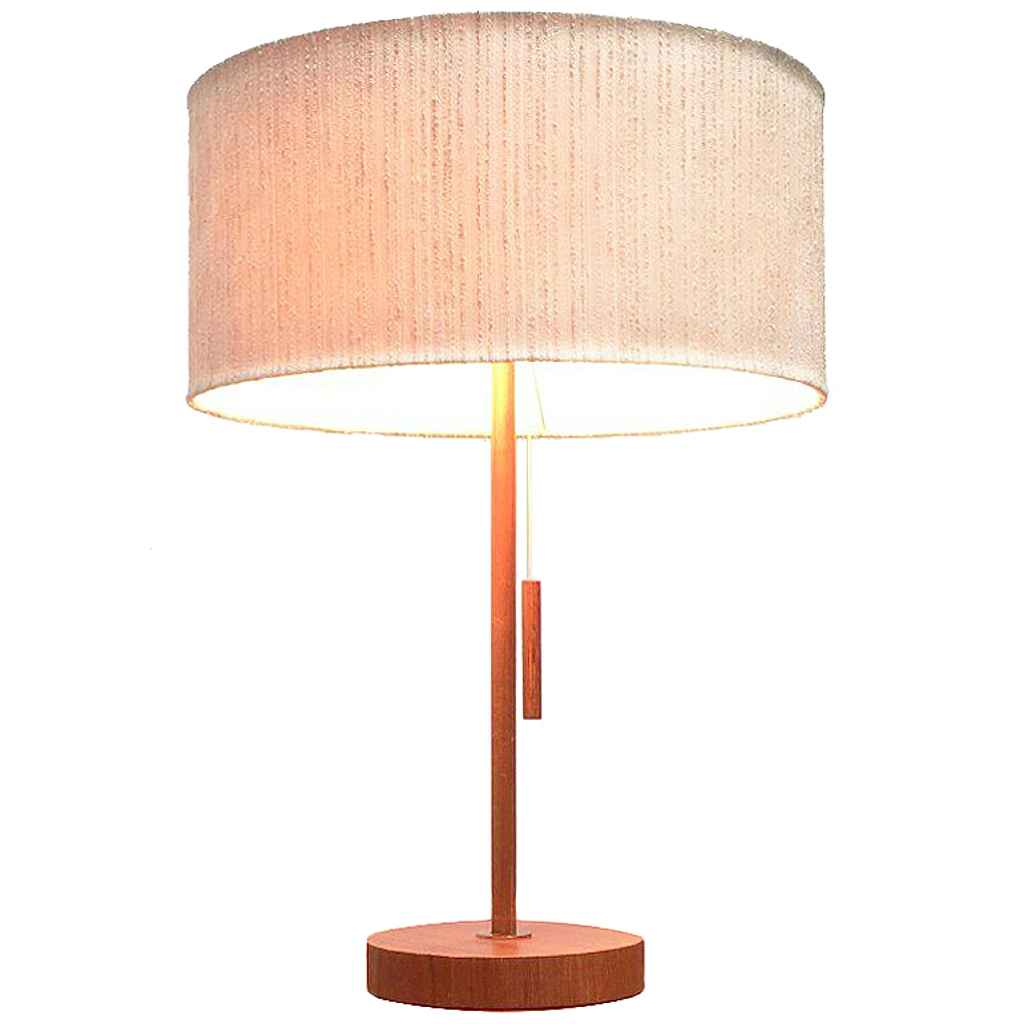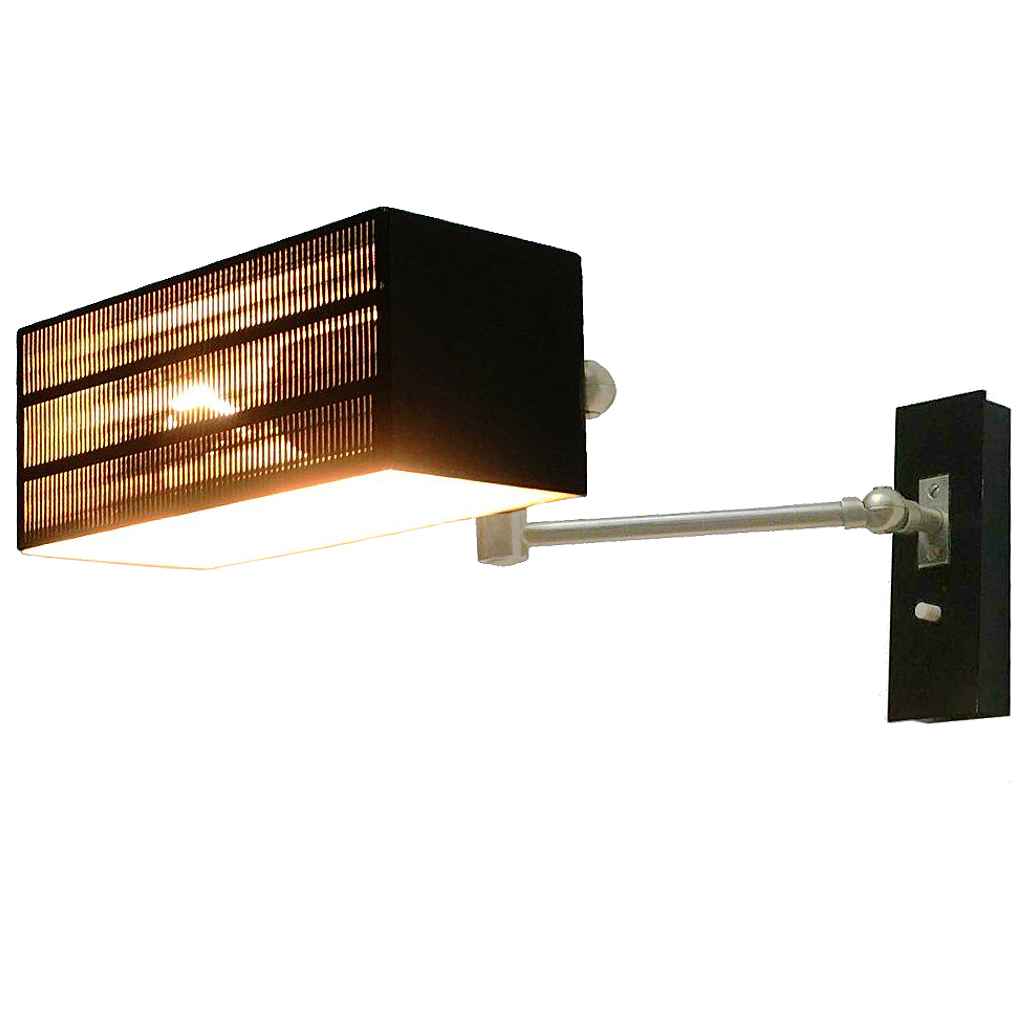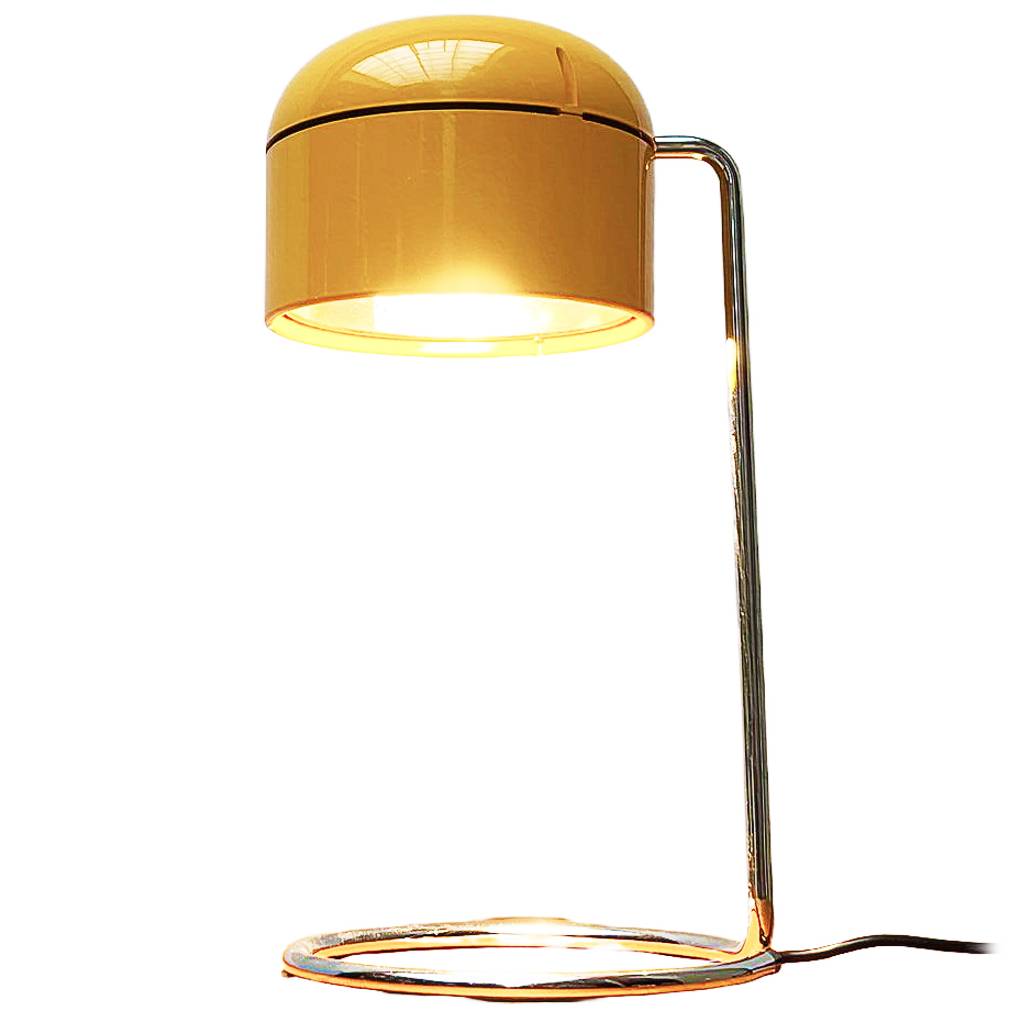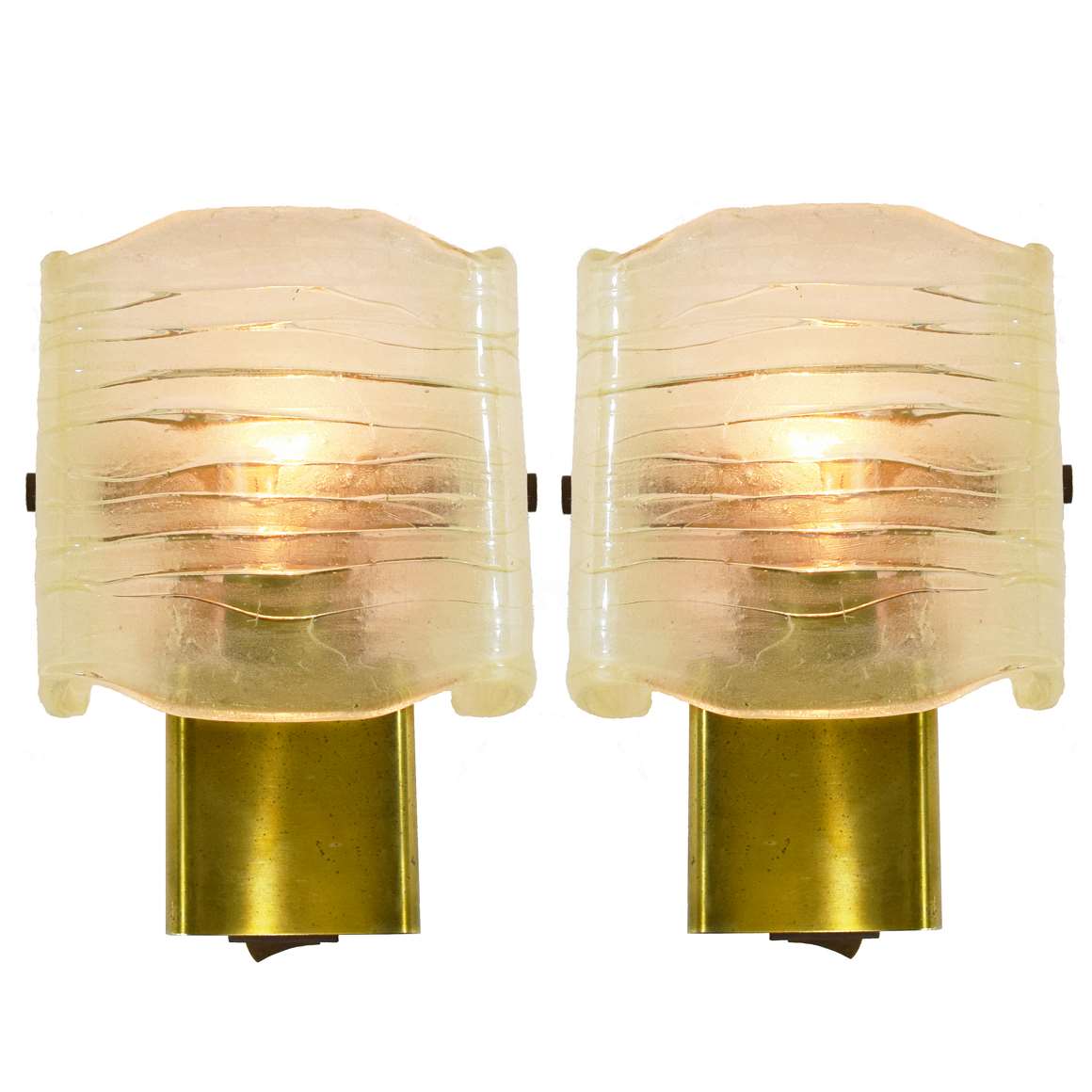Links (external links open in a new window)
Richard Riemerschmid – Wikipedia
Vereinigte Werkstätten für Kunst im Handwerk – Wikipedia (only in German – 2017)
Aktiengesellschaft – Wikipedia (in German)
Joint-stock company – Wikipedia
Vintageinfo
Vereinigte Werkstätten Desk Lamp
Materials: Round brass red painted base. Iron parts in the base for reinforcement. Brass goose-neck. Perforated conical brass lampshade, white painted inside. Iron E27 socket with a porcelain ring.
Height: 30 cm / 11.81” – adjustable.
Lampshade: ∅ 10,4 cm / 4.09”
Base: ∅ 13,2 cm / 5.19”
Electricity: 1 bulb E27, 1 x 75 watt maximum, 110/220 volt.
Any type of light bulb can be used, not a specific one preferred, but a small one gives the best result.
Period: 1930s – 1950s – Bauhaus, Art Deco.
Designer: To be appraised.
Manufacturer: Vereinigte Werkstätten für Kunst im Handwerk AG, Munich, Germany (United Workshops for Art & Crafts) – attributed.
Other versions: This Vereinigte Werkstätten desk lamp comes with a lamp base in a few colours. It was at least also made with a cream white base.
Vereinigte Werkstätten
Vereinigte Werkstätten für Kunst im Handwerk AG, was a German company founded in 1898 in Munich, Germany as a GmbH (Gesellschaft mit beschränkter Haftung, a company with limited liability). The mentors of this process are architect, illustrator, interior designer, and furniture designer Bruno Paul. Painter, graphic artist, architect, and designer Bernhard Pankok. Architect, painter, designer and city planner Richard Riemerschmid. And sculptor Hermann Obrist.
The management was led by the painter Franz August Otto Krüger.
Already in the early years, other progressive designers realized their ideas at the company. Among them were Peter Behrens, Eugen Berner, Margaretha von Brauchitsch. Paul Haustein, Rudolf Rochga, Theo Schmuz-Baudiss and Paul Schultze-Naumburg. The clients standing behind them were well-to-do intellectuals and artists.
Grand Prix
At the Paris World Exposition in 1900, the Vereinigte Werkstätten für Kunst im Handwerk AG received a Grand Prix for their three exhibition rooms. They were made by Bernhard Pankok, Bruno Paul and Richard Riemerschmid.
In 1907 the company changed into a AG (Aktiengesellschaft), a stock corporation. The chairman of the supervisory board was Theodor von Cramer-Klett. He came from a large industrial family.
In 1907 they opened a branch in Bremen with an exhibition and sales hall, on the other side of the country in the north. 3 years later the headquarters were also moved to Bremen, where he remained until 1939. A year later, in 1911 a shop was opened in Berlin.
In 1939, the company had moved its headquarters back from Bremen to Munich and moved into the exhibition building at Amiraplatz in 1940. After the war, despite its upswing in the 1950s, their former leadership role disappeared. For several decades, there has been no significant private customer market for individual designs of artistically sophisticated or even avant-garde furniture design and the distribution moved to taste-free commercial furniture.
Up to 1970 – 1971, the Vereinigte Werkstätten für Kunst im Handwerk AG still existed as a manufacturing branch in Bremen. Cooperation with contemporary furniture designers in the 1980s could not compensate for the economic problems, which meant that the company also had to close down in Munich in 1991 and a change was made to the Amira Verwaltungs-A.G., which is now dedicated to property management.
